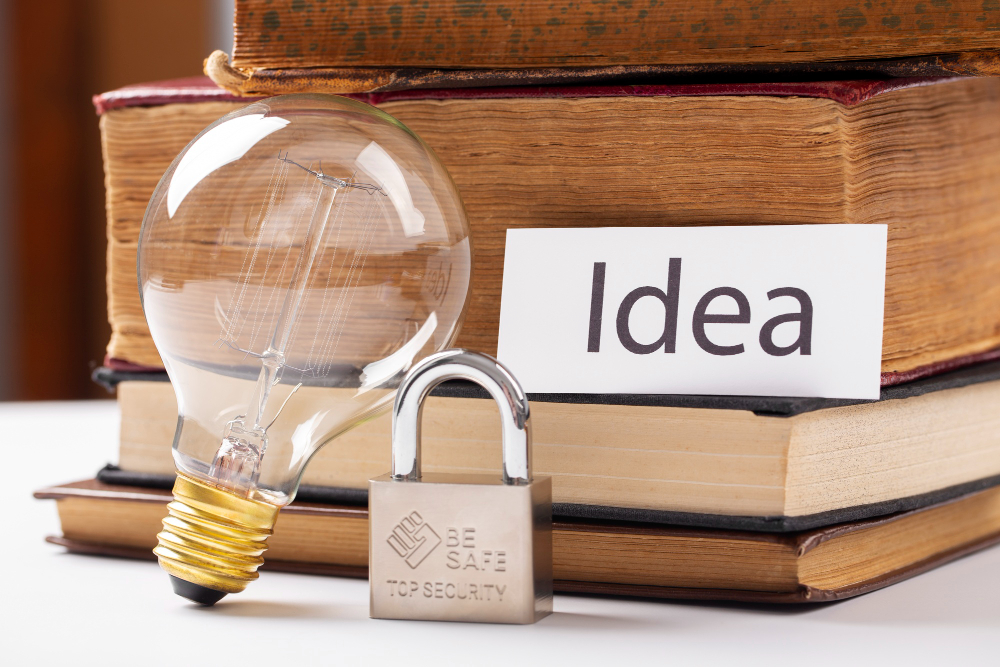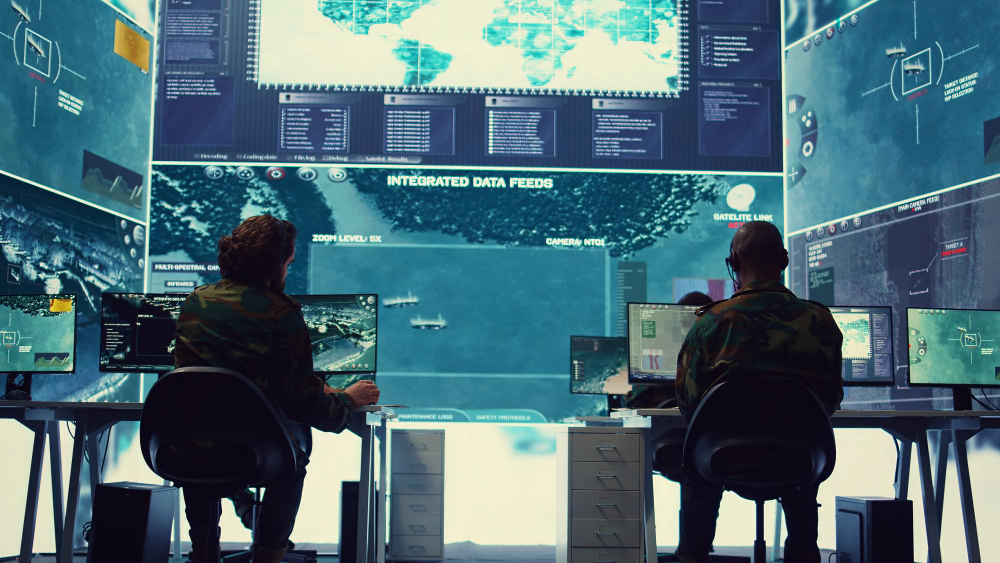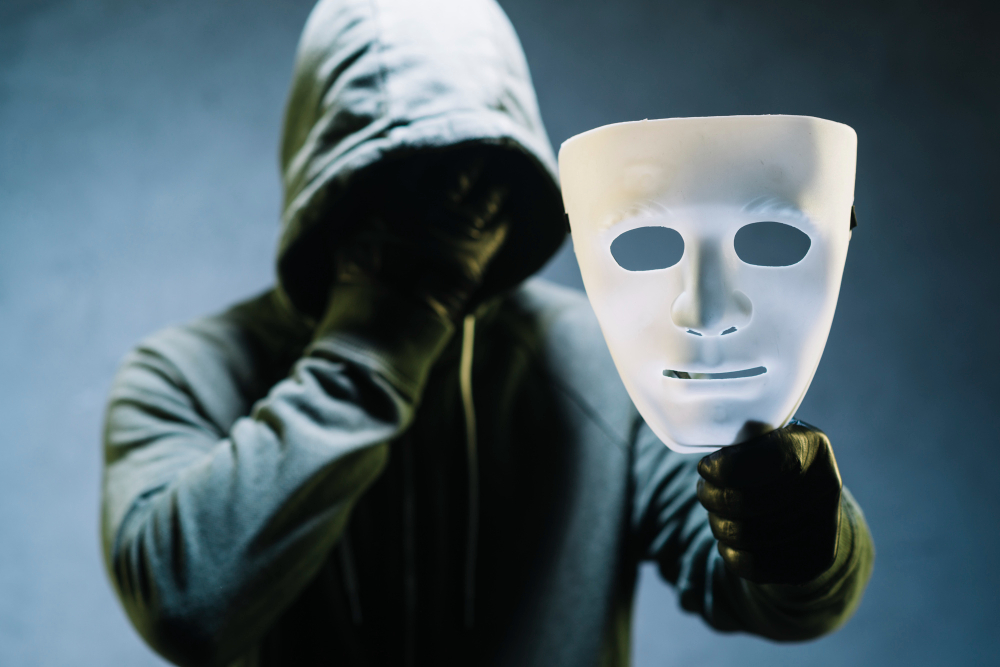If you’re a creator, entrepreneur, or business professional producing original content, you’ve probably encountered the terms “copyright protection” and “copyright registration.” They sound similar, but they represent two different pillars of intellectual property law. Many creators believe they’re protected simply by creating something original—but in the absence of clarity between these two concepts, your work might still be vulnerable to theft or misuse.
This comprehensive guide will explain the critical distinctions between copyright protection and registration, why both matter, and how to navigate each to safeguard your creative assets. We’ll also explore how AiPlex Anti-Piracy supports creators and organizations in fortifying their IP. For tailored assistance, explore our copyright services.
Things to Know Before Understanding Copyright Distinctions
To appreciate the differences between copyright protection and registration, it’s important to first understand the broader framework of copyright law. This section outlines the core principles that will ground the discussion ahead.
What is Copyright and Why It Exists
Copyright is a legal right that grants creators control over how their original works are used. It applies to a wide range of content: books, music, films, photographs, software, and more. The purpose is to incentivize creativity by ensuring that creators can profit from and control the use of their work.
Without copyright laws, creators would struggle to protect their content from exploitation. It creates a legal framework that encourages innovation and ensures fair compensation, making it essential for businesses and individuals alike.
The Legal Framework of Copyright Globally
Copyright laws are upheld in most countries through international agreements like the Berne Convention. This treaty mandates that original works automatically receive copyright protection without the need for formal registration, provided the country is a signatory.
Despite global consistency, the enforcement mechanisms and rights granted vary by region. Understanding your local laws and how they align with international standards is key to maintaining enforceable rights.
Common Misconceptions About Copyright
A frequent myth is that merely adding a © symbol or mailing a copy to yourself grants copyright. In truth, copyright protection arises at creation, but formal registration offers significantly stronger legal footing. These misconceptions can leave creators vulnerable in disputes.
Another myth is that you need to register every single work. While true for added protection, strategic registration of key works can be an efficient compromise. Consulting with professionals like AiPlex helps determine the best approach.
When Copyright Begins and What It Covers
Copyright automatically begins once an original work is fixed in a tangible medium. This includes written documents, digital files, audio recordings, and visual content. It protects the expression of ideas, but not the ideas themselves.
Protected rights include reproduction, distribution, public performance, and the creation of derivative works. These rights empower creators to control how their content is shared and monetized, making early awareness essential.
Risks of Ignoring Either Copyright Protection or Registration
Relying solely on automatic protection without registration weakens your legal standing. Conversely, registering without actively monitoring or enforcing rights also limits effectiveness. Ignoring either can result in loss of control, revenue, and legal recourse.
Bad actors often exploit these gaps. That’s why AiPlex provides both copyright monitoring and enforcement services—ensuring that your work is not only legally recognized but also actively defended.
Understanding Copyright Protection
Copyright protection refers to the automatic legal rights granted to creators when they produce original content. It serves as the foundational layer of intellectual property security and is recognized globally.
From the moment your content is created and documented, you own the copyright. This means others cannot legally copy, distribute, or adapt it without your permission. It applies regardless of whether you use a copyright notice.
These automatic rights include the ability to license the work, control how it’s used, and take action if it is misused. However, asserting these rights in court can be difficult without registration.
Understanding Copyright Registration
Copyright registration is the formal process of recording your ownership with a legal authority, such as the U.S. Copyright Office or similar bodies in other countries. This provides public evidence of ownership.
Registration enhances your ability to enforce your rights. In many jurisdictions, it is a prerequisite for filing lawsuits and claiming statutory damages. It also strengthens the credibility of cease and desist letters and takedown notices.
Key Differences Between Protection and Registration
The biggest difference lies in timing and enforceability. Protection is immediate upon creation, while registration is optional but essential for legal strength. Protection provides rights; registration proves and defends those rights.
Another key distinction is scope. Protection gives you moral and usage rights, but registration is what enables claims of damages and supports legal interventions like injunctions.
Why Both Are Essential for Content Security
While protection ensures your work is yours, registration ensures you can prove it. Skipping either compromises your ability to monetize, license, or defend your work against piracy and theft.
Together, they form a comprehensive copyright strategy. AiPlex recommends implementing both for any critical business or creative content to ensure optimal security and commercial viability.
When to Register Your Work and Why Timing Matters
You should register your work as soon as it has commercial or reputational value. Delaying registration risks unauthorized use going unpunished. Early registration also ensures eligibility for statutory damages in case of infringement.
Timely registration also streamlines enforcement. If you detect infringement after registration, you can take swift legal action with stronger leverage—a service AiPlex helps manage efficiently.
Role of Copyright Notices and Metadata
Though not legally required, a copyright notice (e.g., © 2025 John Smith) serves as a deterrent. It communicates that the work is protected and informs users of the owner’s rights. Metadata embedded in digital files serves a similar purpose.
These tools don’t replace protection or registration, but they support them. AiPlex assists clients in applying metadata and watermarks across digital content to reinforce ownership claims.
Importance of Monitoring and Enforcement
Owning a copyright is only half the battle. You must also monitor usage and act when violations occur. Tools like web crawlers, fingerprinting, and takedown platforms help detect misuse.
AiPlex offers automated monitoring and rapid enforcement options that ensure your content stays protected around the clock. They can issue DMCA notices, track usage, and escalate to legal steps if needed.
Why Choose AiPlex for Copyright Protection?
AiPlex Anti-Piracy provides a full spectrum of copyright services—from automated monitoring to global legal enforcement. Their expert teams understand the nuances between protection and registration, helping creators and businesses craft a bulletproof IP strategy.
With 15+ years of experience and a portfolio covering movies, music, software, and publishing, AiPlex ensures that both your rights and your revenue streams are fully protected. Learn more here.
Conclusion
Understanding the difference between copyright protection and copyright registration is critical for creators and businesses alike. Protection offers immediate rights, but registration gives you the power to enforce them. Skipping either leaves your content exposed.
By recognizing the value of both and implementing a dual approach—supported by professional services like AiPlex—you can ensure your creative work remains secure, profitable, and respected. Make copyright a proactive part of your business strategy, not an afterthought.
FAQs
- Is copyright protection automatic?
Yes, it begins once an original work is created and fixed in a tangible form. - Do I need to register every work I create?
No, but it’s wise to register your most valuable or commercially viable content. - What rights does copyright give me?
It allows you to control reproduction, distribution, public performance, and more. - Can I sue someone without registering my copyright?
In many jurisdictions, registration is required before initiating legal action. - What is the benefit of using a copyright notice?
It acts as a deterrent and informs users about your ownership rights. - Does registration guarantee enforcement?
No, but it significantly strengthens your ability to take legal action. - How does AiPlex support copyright protection?
Through monitoring, takedown notices, legal support, and strategic consulting. - Is international copyright protection available?
Yes, through treaties like the Berne Convention. - What if someone uses my work without permission?
You can issue a takedown notice, send a cease and desist, or pursue legal action. - Why should I use AiPlex instead of doing it myself?
AiPlex offers expertise, tools, and legal backing to handle enforcement efficiently and globally.



